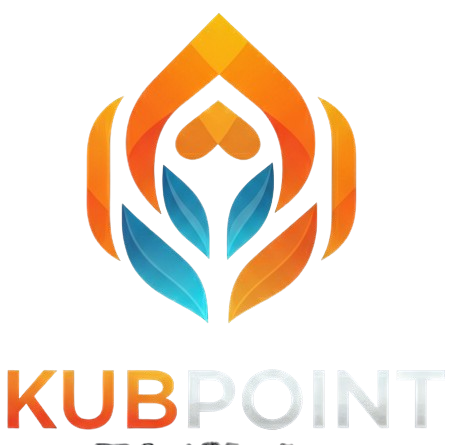Because DevOps teams deal with so much data, they may feel like they are drowning, but rarely find the insights they need. There is more observability data now than ever, yet it often stays separate, disorderly, inaccessible or confusing. As AI enters more organizations’ processes, observability moves from just monitoring to gathering early insight through meaningful narratives. It is not only about having new tools but also changing how development is done and organized. Supporting today’s DevOps — where AI is involved — requires developers to switch from seeing observability as a solely technical aspect to thinking of it as a way to explain what happens in the system: One that links unrelated incidents, highlights how each one is related, and warns users ahead of any failure.
The Telemetry Tsunami
Legacy monitoring was created for stable, predictable systems, including static servers, stable networks and well-known failure points. Nowadays, architectures made of ephemeral containers, dynamic microservices and AI-driven automation result in high-volume and high-velocity telemetry data that older monitoring systems cannot handle.
AI models add more factors to consider in analyzing systems – model drift, low data quality, inference delays and unclear ways AI decides make things difficult to observe. Logs and alerts are insufficient to make sense of what is happening in such systems. Observing these complex, AI-driven systems calls for tracing and feedback that can reveal valuable insights with a lot of noise around them. The result? As a result, most teams experience so much data that it’s hard to find the reason behind any performance, regression or security problems.
Observability as Narrative
Moving forward, DevOps teams need to treat observability as a way to construct coherent stories. DevOps teams should focus on building stories from the signals they gather that help explain what happened and what to do next. This shift involves three fundamental changes:
Correlated Context Over Raw Data: Systems should first add metadata like deployment IDs, feature flags, user behavior and model versions to metrics, traces and logs to describe their life cycle independently (refer to figure 1).
Declarative Telemetry Pipelines: Bringing AI/ML into the system will allow systems to describe their activities using words humans can easily understand. A pipeline should ensure that the effects of an AI model update on latency can be noted and followed, not simply added later on.
Semantic Layering with AI Assistance: Instead of being used only in the system, AI/ML can simplify understanding what is happening. With the help of AI/ML, observability tools are becoming easier for humans to understand.
Figure 1. The three pillars of observability that are essential in an AI-augmented DevOps pipeline.
From Dashboards to Dialogues
Most current observability tools rely solely on the user to interpret data. However, more practitioners are starting to wonder: Why can’t the system simply offer explanations? It all boils down to how observability tools combine AI to help sum up what’s happening, pinpoint regressions and provide possible explanations. With the help of AI, systems can now describe issues, indicate regression points and identify probable problems in the data. An AI-augmented observability system could tell you: “Starting at 12:06, service X saw a 30% increase in latency because many cold starts from model Y, which had just been redeployed recently. Service level objectives (SLOS) did not meet expectations by 12:12. Consider raising the pool size of warm data or re-adjusting the model’s time frame for batch processing”.
This is no longer science fiction but something that is becoming true. Several open-source and commercial solutions integrate machine learning into observability stacks to help find root causes, group anomalies and make suitable suggestions for resolving issues.
Designing for Explainability
AI models used in DevOps also require monitoring for issues, as they can perform worse than expected for reasons that might not be obvious in tests. Unlike standard software, changes in AI models can be challenging to detect until they appear in production. Sometimes, a model that looks good during testing can have problems in the real world, caused by small or unusual changes in the input data.
Explainability is key. AI observability must track:
- Input/output distributions over time
- Feature importance changes
- Confidence scores and decision paths
When correlated with infrastructure and application data, this information will tell teams if the incident was caused by a system problem, an issue with the pipeline code, or faulty model behavior.
Practitioner-Centric Observability
For observability to progress, it must be designed for all system users, not just for central teams. This means that not only platform teams but also the mid-level workers responsible for trying to understand user complaints, triaging incidents, or fine-tuning production models need observability tools.
Some key principles include:
- Narrative-Driven Interfaces: Less reliance on dashboards; more chances to look at timelines, see how things are linked and get simple explanations from AI.
- Integrated Feedback Loops: Ability for engineers to fix, add notes to and correct system alerts so the information shown in the future gets better.
- Cross-Domain Visibility: Bringing together data about how applications are doing, how the systems are working and how well your AI is doing all together into one place to help you see your systems better.
Observability must evolve, so it is smarter than simply collecting more data. It will require the entire culture of the industry to change, not just new technology. People in the industry should start seeing observability as telling a story, where each log, trace and metric adds to how the system can be easily explained. This evolution means that your systems must be able to define themselves well, rather than simply based on how much data you can collect.
